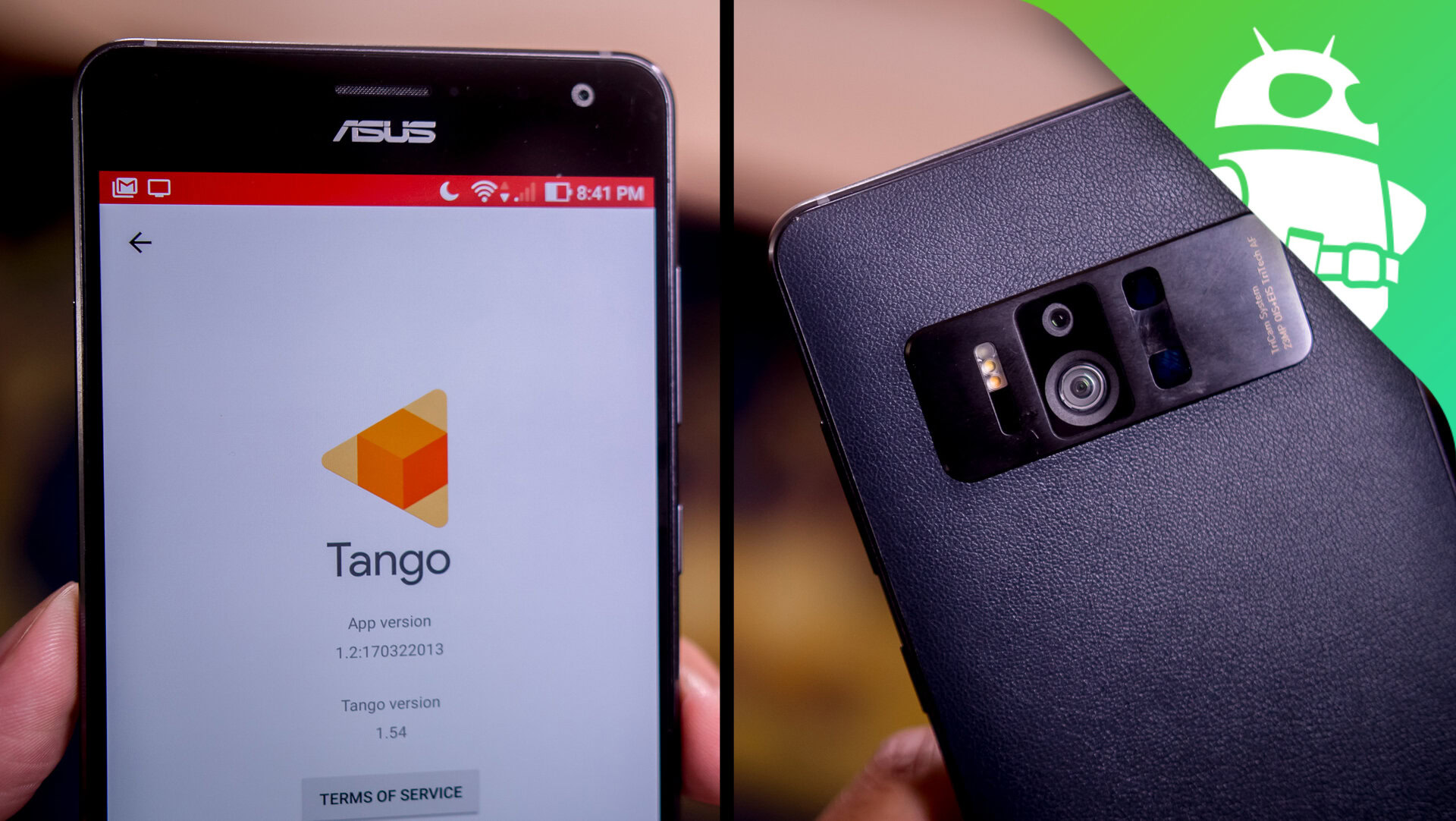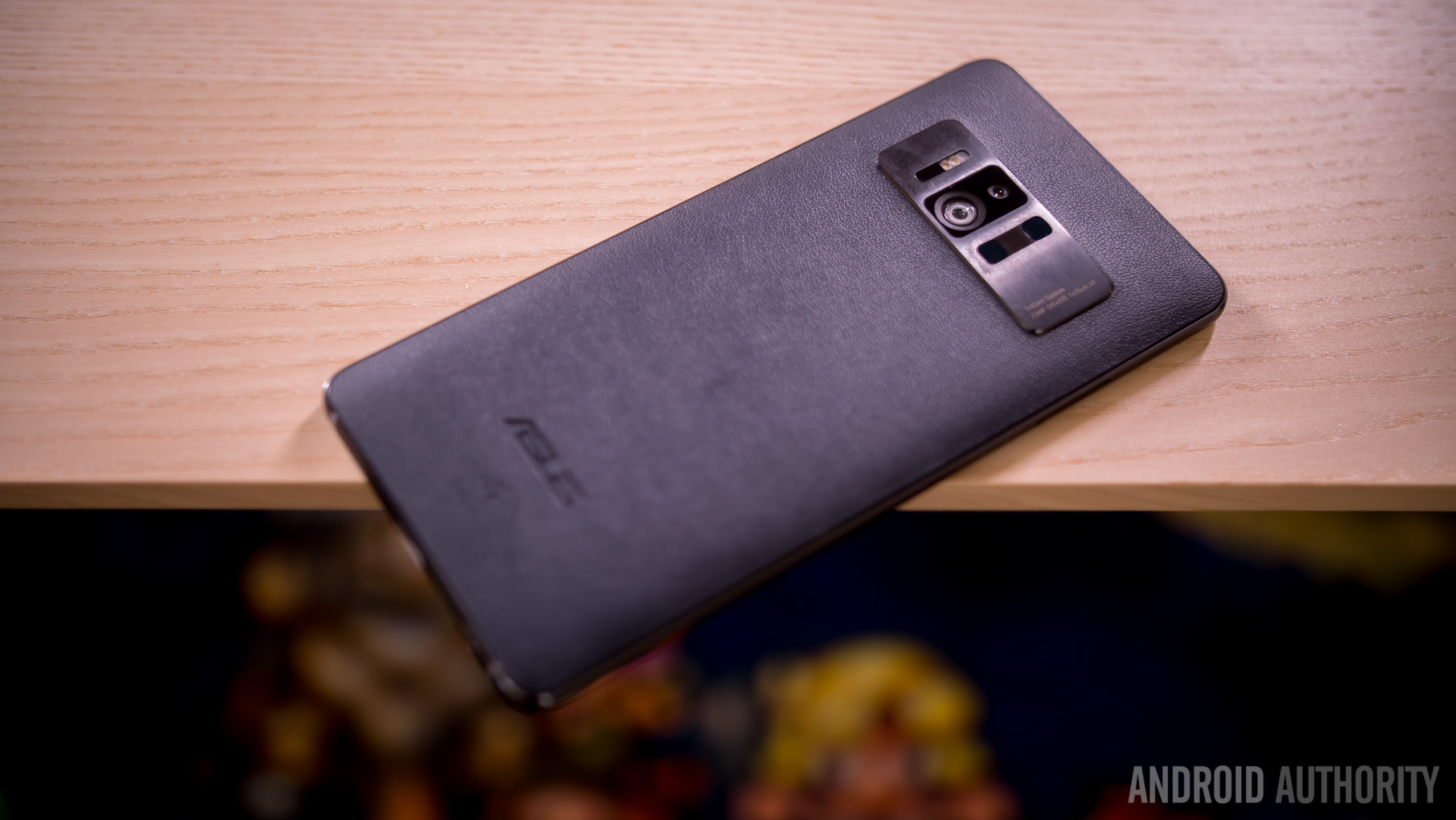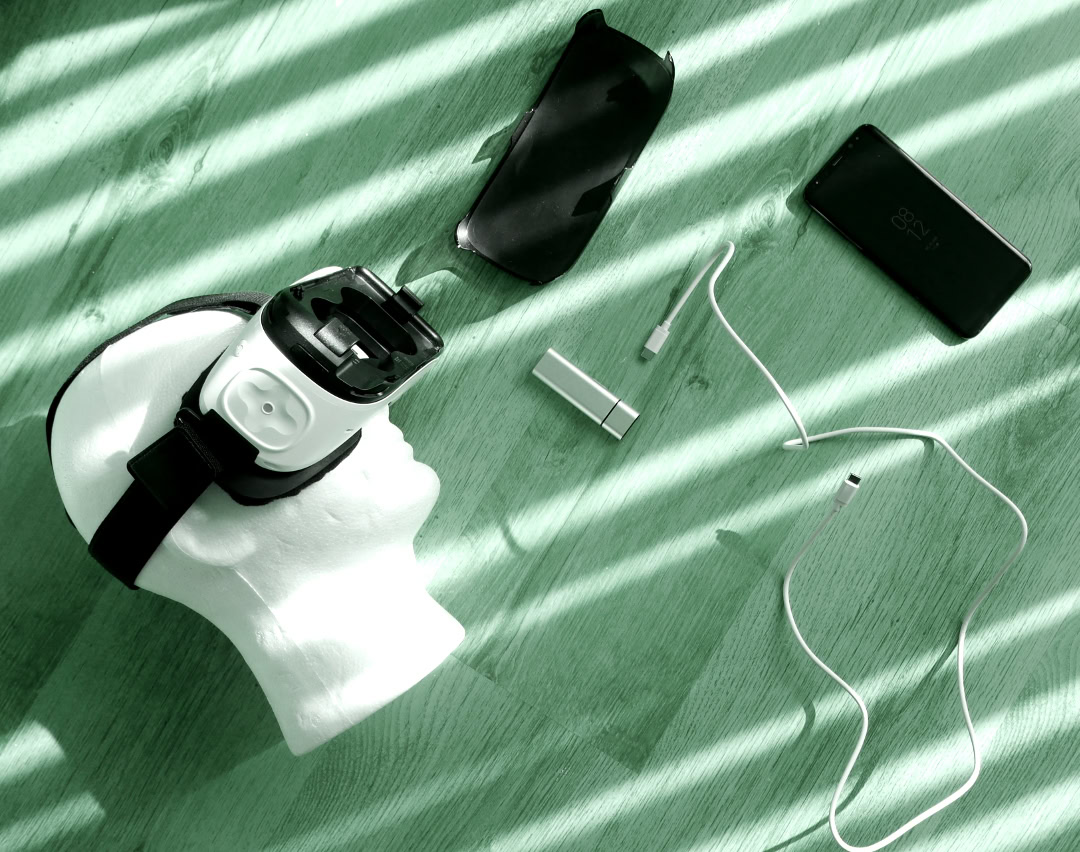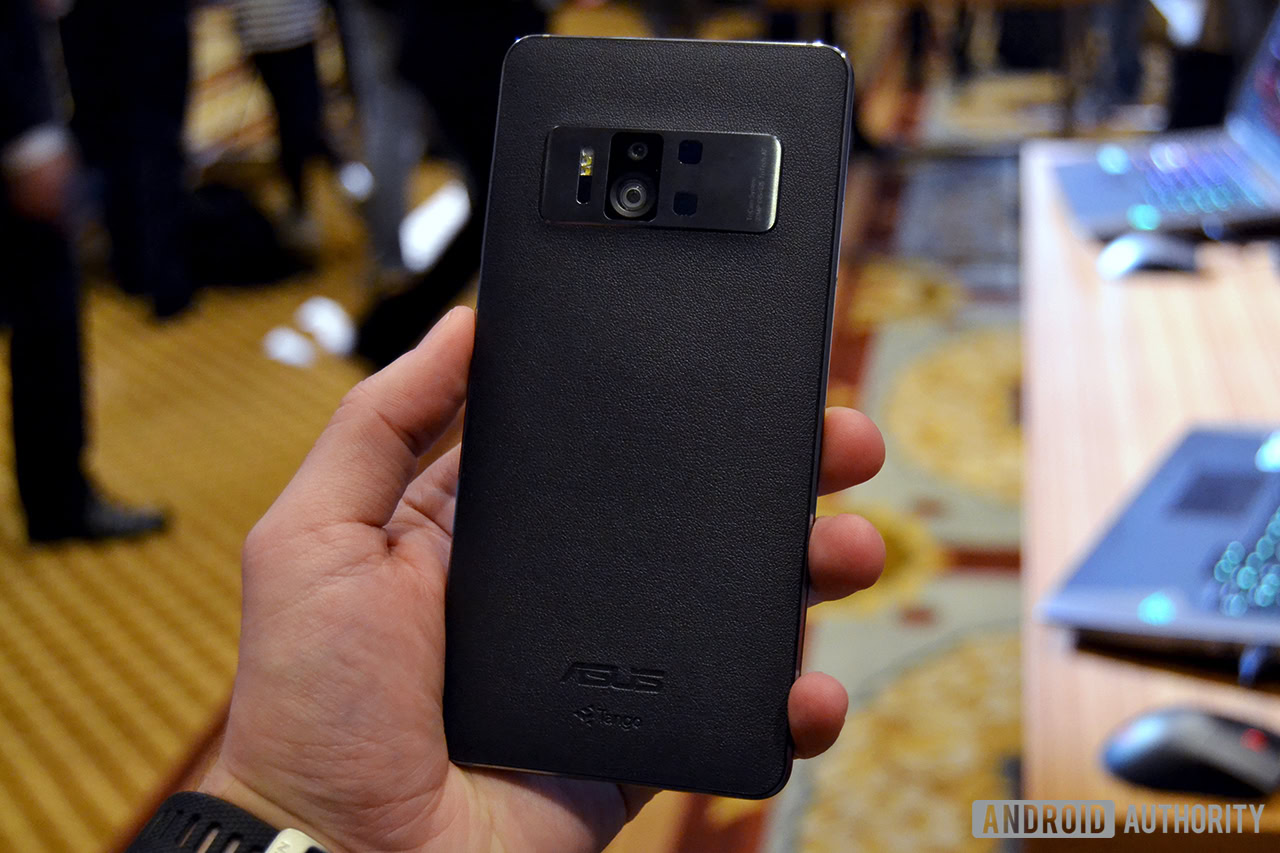Affiliate links on Android Authority may earn us a commission. Learn more.
ASUS Zenfone AR: Using Google Tango

It was time for a change. For years I had been working from home and now it was time to get my own space – for work, at least. And in my searches I was able to find a 500sq/ft office for a reasonable price, not too far from home. It sounded awesome. But upon walking into the space, I was flabbergasted by the undeniable truth: I had no idea what I was going to make this place look like. Sure, I had my editing desk and set from home that would occupy this new space, but this large empty room beckoned for more. The editing desk would be in the corner, my backdrop shelf might just become storage, and there definitely needed to be a lounge gaming section. Luckily, I had quite a bit of time to think about it but in that time I was given a useful tool that would aid in my quest: Project Tango.

Today, ASUS has taken the wraps off of the Zenfone AR, their Tango enabled phone that is now available from Verizon in the United States. Though the phone has been available in a couple other markets for a bit of time already, the arrival of Tango to a specific carrier and on a high-end flagship device is significant for the Americas. After all, Project Tango has been a much anticipated addition to the Google repertoire since its announcement at Google I/O over two years ago. We got a tablet and then a phablet in the Lenovo Phab 2 Pro since then, but now ASUS is bringing Tango to a phone that you might like using on the daily. On that note, however, our current unit of the Zenfone AR is an Asian unit and thus wasn’t compatible with US networks. As such, I used the phone primarily as a Tango testing ground and will be giving my full review on the phone after I use an incoming US unit for a period of time.
Three facets of Tango happen in enabled devices – motion tracking, depth perception, and area learning.
So you might need a refresher to what exactly Tango is and what it does – and that is a little tough to explain. The camera array on the back provides a clue, but there’s more happening underneath the surface that makes the magic happen. Three facets of Tango happen in enabled devices – motion tracking is achieved using the accelerometer and gyroscope sensors, depth perception happens thanks to a proprietary camera built alongside the phone’s existing shooter, and area learning entails the recording of it all for real time or rendered data.
The result is a phone that can not only know exactly where it is in relation to the objects within an area, but it can actually map an entire area in virtual space. And with high end specifications included a Snapdragon 821, 6GB of RAM, and plenty of storage, the Zenfone AR should be powerful enough to handle all that Tango throws at it.
The applications range from utilitarian to entertaining. We have already seen a number of augmented reality games that try to impose graphics on top of real life objects seen by the existing camera optics, but with the Tango additions, those elements can take into account walls, objects, and space in order to provide a more immersive experience. Users can interact with a lifesize version of a soccer player to juggle a ball, render a board onto a table in order to play a virtual game, and (perhaps the cutest and funnest) raise a virtual puppy that runs around the room.
Tango takes AR games a step further, taking into account walls, objects, and space in order to provide a more immersive experience.
Many of these experiences have just been added in the Tango area of the Google Play Store, which was pretty bare up until today’s announcement. We will be taking a closer look at these applications for the full review to give a better idea of what Tango can provide with more content in the barrel.
And that was one of the main issues with Tango when I used the Zenfone AR for my office project – the issue of content. At the time, a couple of demos of potential game mechanics and very few applications that actually helped with area plotting were available.
Technical issues aside, what Tango really needs is more content, support and a bit more imagination from developers.
Had I used the phone with what is available now, I would have had more tools at my disposal, especially the recently released Magicplan floor plan generator. However, a few weeks ago, I was using the developer app Constructor and AR Home in order to plot out potential furniture for my studio. Wayfair was also available, but I found its catalog lacking in options and thus limiting in its scope.
I started out making a floor plan with the Constructor app, with the completely empty room. The objective was to get a bird’s eye, 3D rendered view of the entire empty space and then repeat the process for each stage of my building. Tango worked fairly well with the empty room but the Zenfone got noticeably hot throughout the scanning process. To get the best render possible, I had to mull over as much of the room as I could, with more passes required when objects slowly started to populate the area. It was when I tried to get the most data points from under or around furniture that the Tango cameras actually lost its place and needed to be reset. This happened enough to be a little frustrating – this probably would have been less of an issue with the Magicplan app, though it would only make a virtual blueprint and not a 3D render.

After toying around with the Constructor app, I went to Wayfair and found the options too limited for what I wanted. Instead, I used the AR Home app to see around the space using the camera and find items that I could place in the virtual space. The benefit to the AR Home catalog was its more extensive but ultimately more generic catalog – instead of actual items sold by Wayfair, users could put a simple two seater couch on the floor and change the size of it to fit what should eventually occupy that spot. This worked better for me – I would find out what pieces of furniture would fit in the space and then figure out where to get the appropriately sized real life pieces. Obviously, with a budget like mine, Ikea was the go-to furniture store. This is where the actual camera game into play, as I took reference pictures of all the furniture for eventual purchase. Once I was sure that my virtualized workspaces matched my Ikea findings, the actual work began.
And so, the office finally took shape – while all areas could be used for filming, my original standing desk in the back provided the editing bay and I put together a specific workstation for most of the cleaner shots, including those crowd pleasing overhead views. The gaming area was completed with a smart television that I still plugged a Chromecast into, but it would be where I could do more relaxed scenes and take breaks. There is still a large amount of the studio that has to be filled in, but I’ve been content keeping it a bit empty for potential work on AR and VR that I might add to the studio in the future.
That’s really what Tango does feel like – the future. But much like looking into the future, we are only currently limited by our present day scope. There are certain situations that Tango does make easier and in some ways more fun – measuring can be done in virtual space without using tape, you can virtualize an area whenever a change of scenery is needed, and games certainly get a new layer of immersion when the real world can be incorporated into it. It all begs the question, however: after you’re done doing something like my office project, what else is left for Tango?
Well, thankfully, the emergence of more applications around the time of today’s announcement is reassuring. But when certain apps require very specific partnerships – for example, checking out new clothes via the Gap app or the current lack of an IKEA app that would have been perfect for my endeavor – Tango finds itself a bit cut off at the knees. That’s not to say Tango is useless – but it is definitely far from perfect. Even the new applications suffer from some kinks that have to be ironed out, like renders of the BMW i8 and i3 simply not appearing to scale or appearing in completely unrealistic places.
Those technical issues aside, what Tango does need right now is more support and a bit more imagination from developers to bring their visions to life, especially from big names that would realize an augmented reality version of their existing properties is the future of this futuristic platform.
